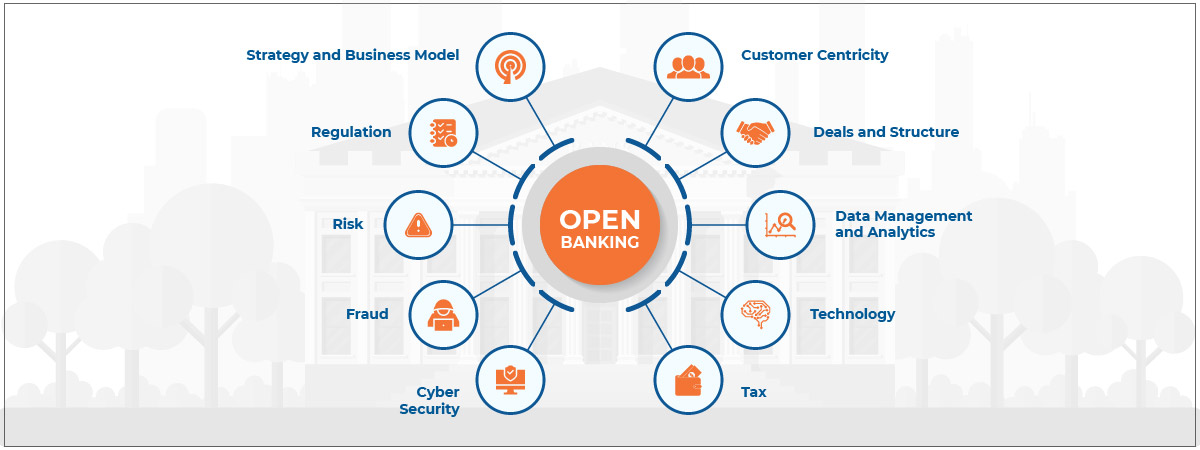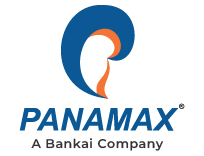Security is a primary concern for banks since customer data is an important part of bank’s operation as well as reputation. A customer’s bank account details, transactional and non-transactional data are considered as one of the important aspects to maintain the customers’ trust and to run a successful business. With the emergence of digital financial solutions, keeping up with the security aspects have become easier for the banks. Fintech solutions are creating a significant impression in the finance services and banking industries, and open banking is expected to be the main component pushing it to become the latest cutting-edge technology.
In September, UK’s Open Banking Implementation Entity reported that the usage of open banking had doubled in the previous six months, reaching over 2 million users. It also highlighted that one in five of 2000 adults surveyed started using online banking apps during lockdown for the first time, with more than half now using them regularly.
As per PwC Open Banking Report, 71% of UK SMBs and almost two third of adults will adopt open banking by 2022, creating a £7.2 billion revenue opportunity.

What is Open Banking?
Open banking allows banks to open their Application Programming Interfaces (APIs) for third parties to develop new apps and services. The concept of Open Banking was introduced to make banking a more competitive business with a goal to offer customers transparency in banking financial transactions and more innovative services to the consumers indirectly having a profit-sharing business for all financial providers through efficient mobile banking solutions. Open Banking depends on the partnership between traditional banks and third-party providers like fintech startups. The traditional banks and financial institutions share consumer data with a third-party provider via APIs through open banking.

Advantage of APIs for Open Banking?
APIs enable interaction between banks and third-party service providers without revealing sensitive information of the user like usernames, passwords, and personal data to the third-party service providers.
The APIs are broadly divided into three types with their individual purpose and advantages for the banks:
1. Private or Internal APIs - These are internal and inherent APIs for any bank or financial institution that are used for information exchange within the same private system.
2. Partner APIs - These open APIs are built for the strategic business partners of the bank or financial institution. –For instance, vendor-to-vendor communications, enterprise resource planning, and producer-retailer-reseller relationships.
3. Open APIs or Public APIs - These APIs make data available to third parties (that aren’t necessarily partners of or working directly with the bank of financial institution). They are the most relevant in open banking and are used where the platforms allow third party providers to access consumer data from a bank without actually saving and storing it.

APIs play a vital role in facilitating open banking as they allow one computer program to be used by another and hence, they support even the legacy core-banking systems to interact with newer technologies. Open Banking APIs not only help banks to update their IT infrastructures, but also increase customer satisfaction by offering new products and delivery access channels. This helps banks to provide better services and customer support and thus stand competitive with advanced technologies and varied business use cases.
PSD2 and Open Banking Initiatives
The European Union launched the Second Payment Services Directive (PSD2), while the government of UK initiated the Open Banking initiative. As per EU’s PSD2, it requires banks to open up their data to third parties, while the UK Open Banking directive dictates that they do so in a standard format.
The PSD2 brought about two major changes to the payments industry: strengthened the security requirements for online transactions through Multi-factor Authentication (MFA) and compelled the banks and other financial institutions to give third-party payment services providers access to consumer bank accounts if account holders give their consent. PSD2 is slowing becoming a part of a global trend in bank regulations emphasizing security, innovation, and market competition.
Products and Services Banks Can Offer
- IoT devices (like Siri, Alexa) making payments to DTH, electricity bills or at the grocery store
- Smart onboarding (account and identity verification, auto-filling forms, income verification, and affordability checks)
- Personal finance management (finance dashboards, auto-save, and smart budgeting)
- SME finances (account aggregation, automated accounting, and affordability checks)
- Retail Banking
- Lending, Credit risk and Fraud decisioning
- Foreign Exchange Conversions
- Rentals, Mortgages and Insurance
- Data-driven insights and personalized services
- Instant bank payments (instant account funding and one-off payments) and many more
Few Open Banking Developments
BBVA: BaaS platform by BBVA utilizes APIs that allow third parties to offer customers financial products without the need to provide a full suite of banking services.
HSBC: Connected Money app launched in May 2018 allowing customers to view various bank accounts as well as loans, mortgages, and credit cards, on a single portal.
Barclays: Barclays claims to be the first UK bank to enable account aggregation on its mobile banking solution that allows customers to view their account with other banks within Barclays' mobile app.
The Future
Open banking is slowing gaining customers’ trust and getting accelerated increase in demand for online services due to global pandemic. Technology like Application Programming Interface (API) provides the capability to create a variety of services in different diversified domains offered by existing players and new platforms, like Personal Finance Management platforms, Expense/Budget Management. APIs have the strength to offer great consumer experience and benefits, by offering new financial products, providing awareness on their spending behavior, offering recommendations to save money; as well as decision making and automation in the existing ways of payments. APIs are turning the tables for banks as they take the customer relationship a notch higher opening new customer segments and creating new revenue streams.
Related Blogs
Rise of the New Banking Model
Neo Banks: The Perfect Confluence of Technology & Banking


















